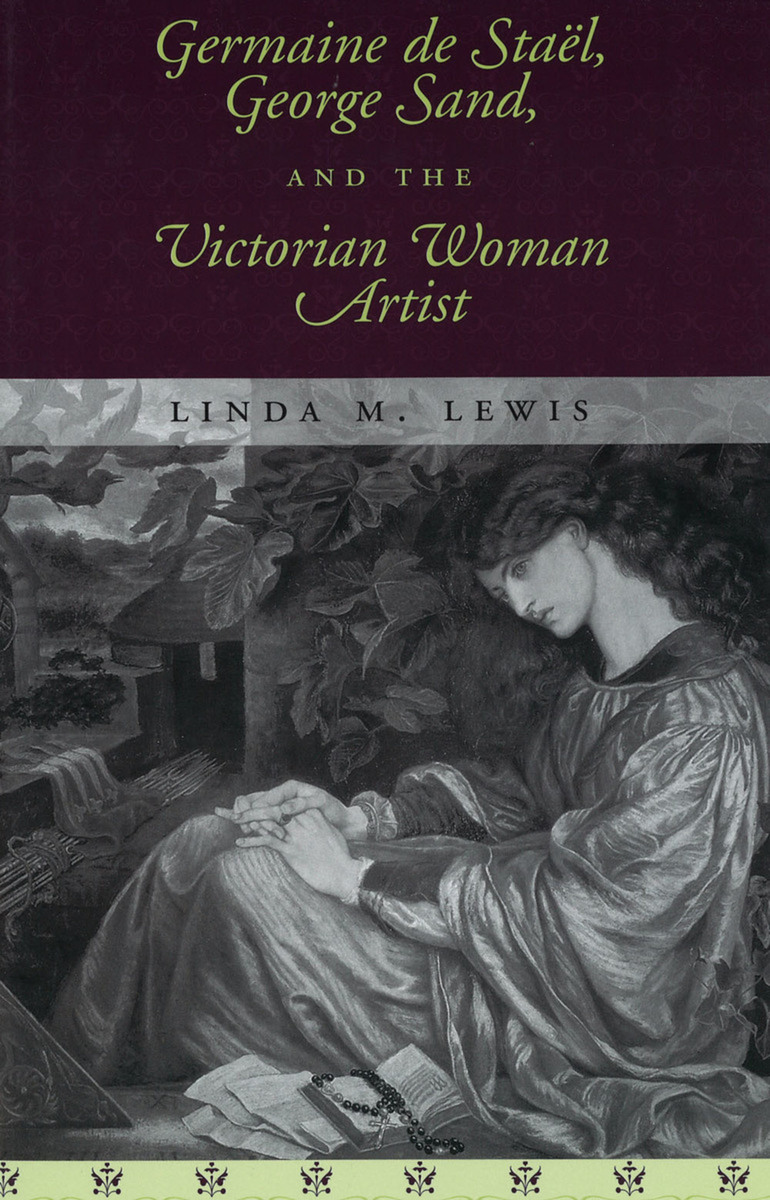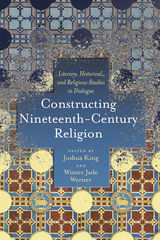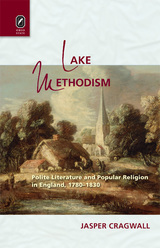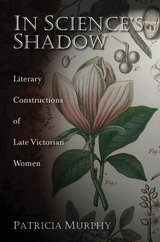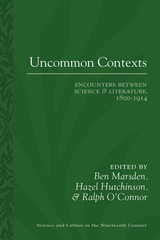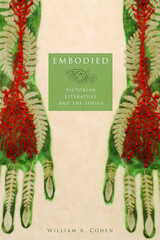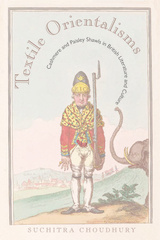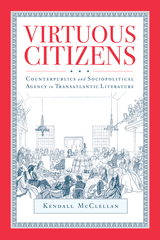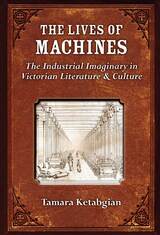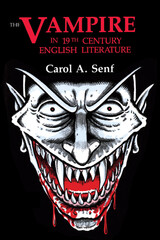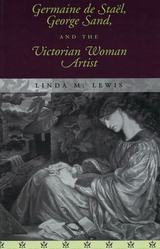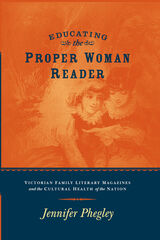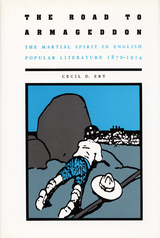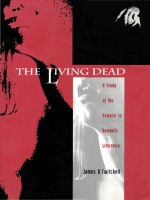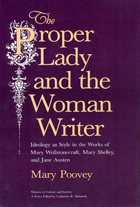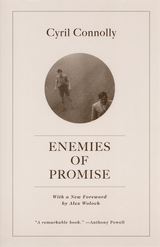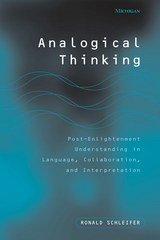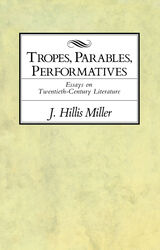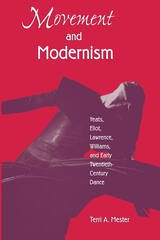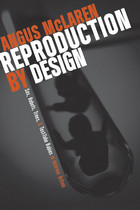Germaine De Staël, George Sand, and the Victorian Woman Artist
University of Missouri Press, 2003
Cloth: 978-0-8262-1455-3 | eISBN: 978-0-8262-6407-7
Library of Congress Classification PR468.W6L49 2003
Dewey Decimal Classification 809.393527
Cloth: 978-0-8262-1455-3 | eISBN: 978-0-8262-6407-7
Library of Congress Classification PR468.W6L49 2003
Dewey Decimal Classification 809.393527
ABOUT THIS BOOK | AUTHOR BIOGRAPHY | TOC
ABOUT THIS BOOK
By examining literary portraits of the woman as artist, Linda M. Lewis traces the matrilineal inheritance of four Victorian novelists and poets: George Eliot, Elizabeth Barrett Browning, Geraldine Jewsbury, and Mrs. Humphry Ward. She argues that while the male Romantic artist saw himself as god and hero, the woman of genius lacked a guiding myth until Germaine de Staël and George Sand created one. The protagonists of Staël’s Corinne and Sand’s Consuelo combine attributes of the goddess Athena, the Virgin Mary, Virgil’s Sibyl, and Dante’s Beatrice. Lewis illustrates how the resulting Corinne/Consuelo effect is exhibited in scores of English artist-as-heroine narratives, particularly in the works of these four prominent writers who most consciously and elaborately allude to the French literary matriarchs.
In her initial chapter, Lewis explains Corinne’s gift as “l’enthousiasme” and Consuelo’s as “la flamme sacrée.” Corinne uses her influence as a political Sibyl to enter the debates of the Napoleonic era; Consuelo employs her sacred fire as a divine Sophia to indict injustice throughout Europe. Subsequent chapters examine the public and private voices of the Sibyls and Sophias of Victorian fiction, as well as the degree to which their gift demands service to art, to God, and to humankind. The closing chapter studies the waning influence of Staël and Sand in the fin-de-siècle “New Woman” novel.
The core of Lewis’s book is its treatment of the Victorian author and her feminine aesthetics. In each chapter Lewis uncovers the references to Corinne and Consuelo—subtle or overt, serious or facetious—and reveals the resulting tension when an artist invokes a foremother but avoids merging with the mother whom she emulates. The methodology of this bookincludes myth criticism, feminist commentary, and psychoanalytic theory, but its strength lies in Lewis’s close reading of the intertextuality of ten literary works.
Exploring a connection between French and English literature and providing fresh insight, Germaine de Staël, George Sand, and the Victorian Woman Artist makes a major contribution to our understanding of nineteenth-century feminism.
See other books on: 1804-1876 | Art and literature | French influences | Lewis, Linda M. | Sand, George
See other titles from University of Missouri Press
